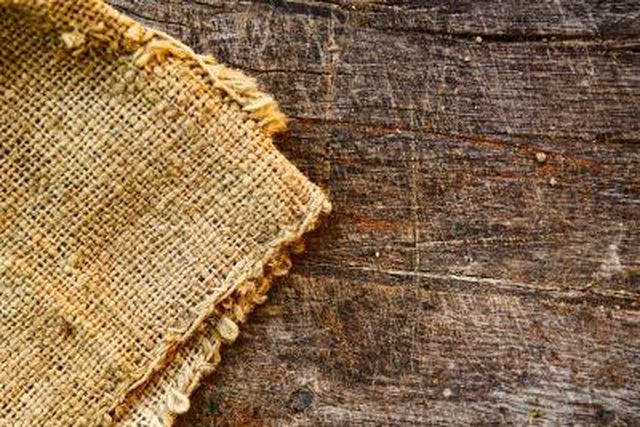Bulbs
Flower Basics
Flower Beds & Specialty Gardens
Flower Garden
Garden Furniture
Garden Gnomes
Garden Seeds
Garden Sheds
Garden Statues
Garden Tools & Supplies
Gardening Basics
Green & Organic
Groundcovers & Vines
Growing Annuals
Growing Basil
Growing Beans
Growing Berries
Growing Blueberries
Growing Cactus
Growing Corn
Growing Cotton
Growing Edibles
Growing Flowers
Growing Garlic
Growing Grapes
Growing Grass
Growing Herbs
Growing Jasmine
Growing Mint
Growing Mushrooms
Orchids
Growing Peanuts
Growing Perennials
Growing Plants
Growing Rosemary
Growing Roses
Growing Strawberries
Growing Sunflowers
Growing Thyme
Growing Tomatoes
Growing Tulips
Growing Vegetables
Herb Basics
Herb Garden
Indoor Growing
Landscaping Basics
Landscaping Patios
Landscaping Plants
Landscaping Shrubs
Landscaping Trees
Landscaping Walks & Pathways
Lawn Basics
Lawn Maintenance
Lawn Mowers
Lawn Ornaments
Lawn Planting
Lawn Tools
Outdoor Growing
Overall Landscape Planning
Pests, Weeds & Problems
Plant Basics
Rock Garden
Rose Garden
Shrubs
Soil
Specialty Gardens
Trees
Vegetable Garden
Yard Maintenance
How to Wrap Burlap Around a Bush
How to Wrap Burlap Around a Bush. Freezing temperatures, icy wind and heavy snow can be bad news for a bush, but a burlap wrapping provides protection. A young bush or one located on the edge of its hardiness zone is particularly vulnerable, and an evergreen bush can suffer permanent foliage damage from winter weather. Burlap allows air and water...

Freezing temperatures, icy wind and heavy snow can be bad news for a bush, but a burlap wrapping provides protection. A young bush or one located on the edge of its hardiness zone is particularly vulnerable, and an evergreen bush can suffer permanent foliage damage from winter weather. Burlap allows air and water through, so the bush or shrub doesn't become waterlogged and at risk of rotting while protected. It also protects against the sun's rays, which can cause the bush to warm up and begin growing during a temporary warm spell. This is dangerous because the new growth freezes and becomes damaged when low temperatures return. A frame around a bush stuffed with straw or another insulating material and covered in burlap protects the bush and any shallow surface roots.
Things You'll Need
Twine
Chicken wire
Thin wire
Pliers
Hammer
Steel U pins
Straw or old leaves
Water the bush regularly during fall so that the soil remains moist but never sodden.
Pass a piece of twine under the topmost branches of the bush after the first hard frost, when a deciduous bush has lost all its leaves. Pull the twine upward and toward you, lifting the branches and drawing them into the center of the bush. Tie a knot in the twine when the branches feel firm and secure but not in any danger of breaking. Tie the layer of branches below in the same way, and continue down the bush until all the branches are firmly tied.
Wrap chicken wire taller than the topmost tied branches around the bush, creating a cylinder 6 inches wider than the bush's diameter with edges overlapping by about 1 inch. Push a piece of wire in the hole the bottom of the overlapping edges and out through the hole above it. Twist the wire ends together tightly with pliers. Tie the holes above the first hole together in the same way, and continue up the edge of the chicken wire cylinder until the edges are tied. Push or hammer steel U pins over the wire at the base of the cylinder to secure it to the ground in areas that experience high winds.
Push straw or old leaves into the cylinder gently, avoiding damaging the bush's branches, until the cylinder is full.
Wrap burlap around and over the cylinder, and tie it in place with twine.
Untie the twine and remove the burlap from around the bush in early spring once the worst of the winter weather is over. Pull out about one-quarter of the straw or old leaves.
Lift off the chicken wire cylinder and remove the remaining straw or old leaves in midspring. Untie the twine around the branches and gently guide them into place if needed.
Tips & Warnings
Prepare a bush for winter by not fertilizing after midsummer, which stops new, soft growth appearing that can't withstand cold temperatures.
Tying up a bush's branches and wrapping burlap around the bush also offers some protection from harsh weather, but direct contact between the bush and wet burlap can cause mold or other damage, and the weight of burlap soaked in heavy rainfall can cause breakage. Salt spraying to prevent icy roads can also soak burlap and damage a salt-sensitive shrub.
Protect a bush from cold, drying wind by driving stakes into the ground around it, and wrapping the stakes with burlap. Tie the burlap in place with twine.
In the spring, put used straw or old leaves on the compost pile or use them as mulch around plants.
Burlap won't protect a bush that isn't hardy in your local U.S. Department of Agriculture plant hardiness zone.